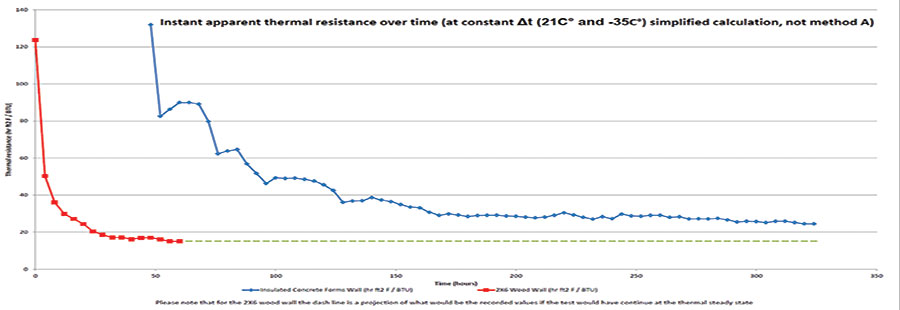
New Study Quantifies Thermal Mass Benefit
For years, this industry has claimed that the massive concrete core inside ICF walls dampens temperature swings and reduces energy use. Now, results from a recent study commissioned by the ICF Manufacturers Association (ICFMA) has qualified those savings. By combining continuous high-R-value EPS insulation with high-mass draft-free walls, insulated concrete form construction can achieve up to 58% annual energy savings for building owners.
Released in late March, the study quantifies the benefits of both thermal mass and the continuous insulation properties of ICF technology over traditional code-compliant wood-frame cavity insulated systems.
While many studies have been conducted in the past by the Portland Cement Association (PCA), the Canada Mortgage and Housing Corporation (CMHC) and the Department of Housing and Urban Development (HUD), these were all based on limited field comparisons or thermographic computer modelling
To address this deficiency, the ICFMA recently commissioned a comprehensive series of impartial studies comparing traditional insulated wood frame construction to a standard six-inch-core insulated concrete form (ICF) wall. This is the first time a fully accredited testing facility has been commissioned to evaluate a realistic side-by-side comparison of the two building methods.
“For decades, the ICF industry has been asked to provide definitive proof that thermal mass, the airtightness and continuous insulation features of ICF walls deliver real, quantifiable benefits,” says Andy Lennox, chair of ICFMA. “Now we can reference this study, which confirms dramatically superior ICF energy-efficiency performance.”
The testing was undertaken at CLEB Laboratories (formerly Air-Ins Industries Inc.) in Varennes, Quebec, Canada, just east of Montreal.
They subjected two specimen walls to a month-long period of study. One wall was constructed to current code-compliant standards: an R-20 insulated wood frame cavity wall with typical drywall and exterior vinyl siding finishes applied. The other wall used a standard six-inch-core (150mm) ICF wall with two layers of Type II EPS foam each approximately 2 ½” (64mm) in nominal thickness and the exact same code compliant finishes.
The tests were conducted in strict accordance with ASTM C1363-11 Standard Test Method for Thermal Performance of Building Materials and Envelope Assemblies by Means of a Hot Box Apparatus. To conduct this test, the wall sample separates two chambers, one of which is heated, and the other cooled. Then, temperature sensors measure how long it takes for the temperature between the two chambers to equalize.
The results indicate that the ICF assembly took nearly 324 hours to reach steady state performance under an exterior air temperature of -31 degrees F (-35 degrees C) whereas the wood frame wall reached steady state within 60 hours of the start of the test.
Although the lag time has been corroborated in previous studies, CLEB’s studies have clearly illustrated when comparing the amount of energy required to maintain both walls at steady state over this same 324-hour period, the wood frame wall consumes 149% more energy than the ICF wall. Even after both walls attained steady state under the test conditions, the ICF wall consumed 58% less energy than the wood framed wall specimen to maintain temperature.
What does this mean in the “real world”? Consider two typical homes, each with 2,000 sq. ft. of wall area; one constructed with wood frame to code minimums, the other constructed with the same wall area using ICFs. In terms of average kWH value for all of North America, this study proves that during the most extreme cold conditions an ICF wall could end up saving between $100 and $180 per month in equivalent electrical consumption over any traditionally constructed wood frame wall.
A PDF of the complete report can be found in the online version of this magazine, or at http://www.icf-ma.org/thermalstudy.


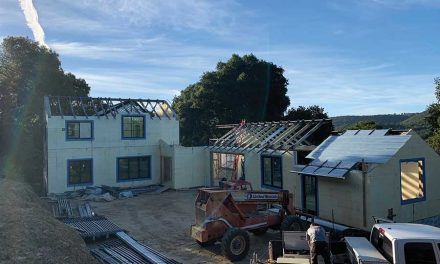
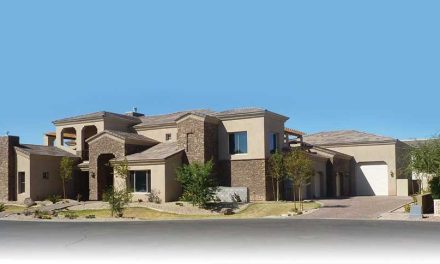
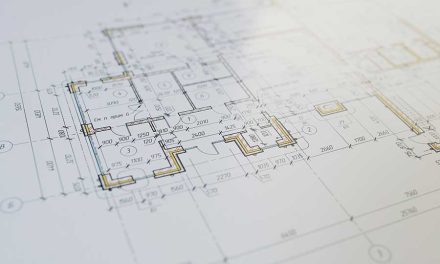
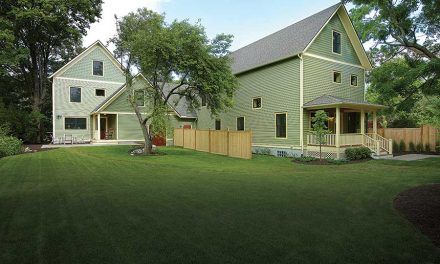







Trackbacks/Pingbacks